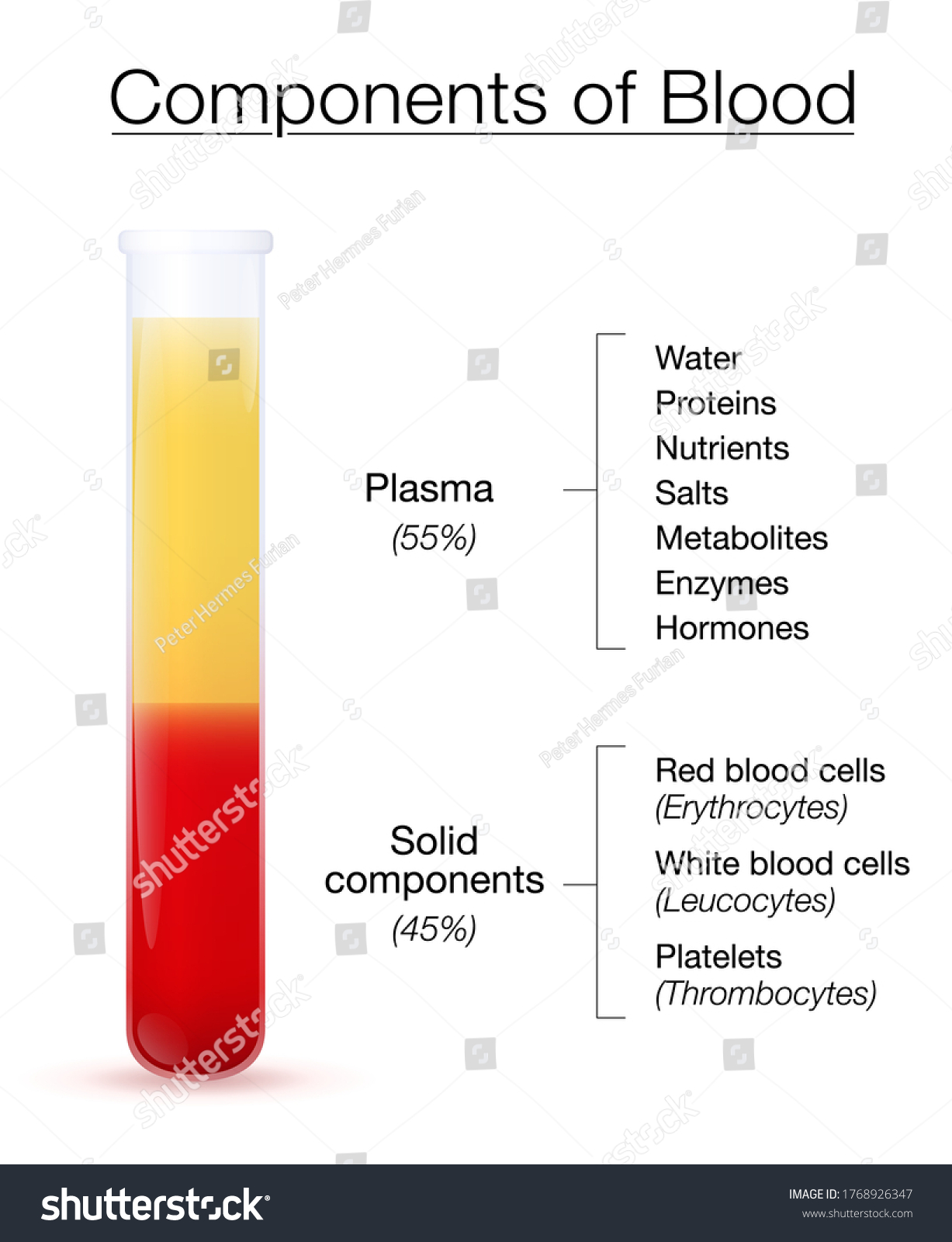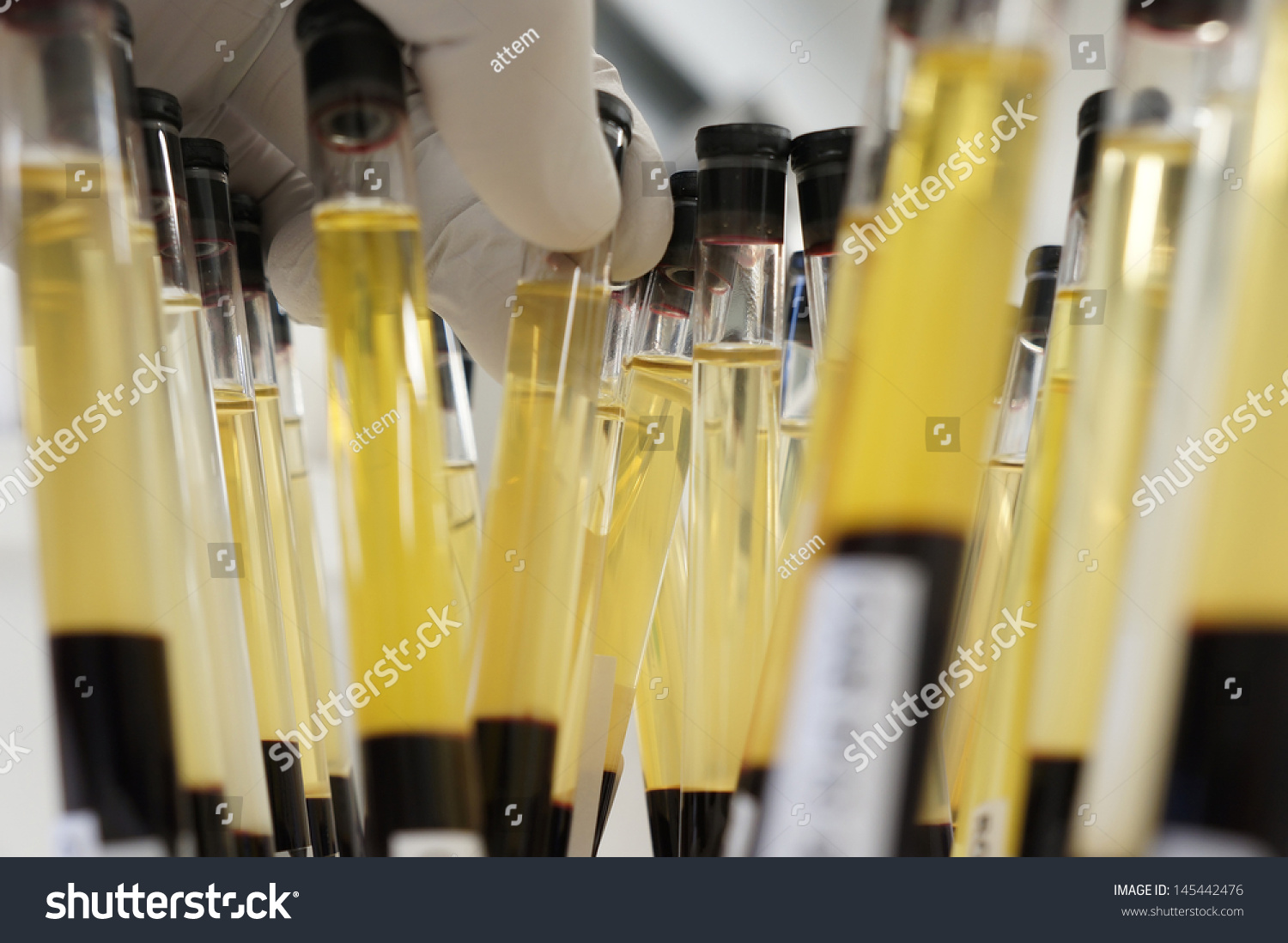Introduction
Blood is a complex mixture of cells, proteins, and other molecules that play crucial roles in maintaining our health. Two of the most important components of blood are plasma and serum, which are often used interchangeably but are actually quite different. The liquid component of blood that remains after the blood cells, platelets, and other cellular components have been removed is termed as plasma. Serum on the other hand is the liquid component that remains after the blood has clotted and the clot has been removed.

Plasma
It is a yellowish fluid that makes up about 55% of the total volume of blood. Plasma is composed of water, electrolytes, nutrients, hormones, and a variety of proteins, including albumin, globulins, and fibrinogen. These proteins are involved in a wide range of important functions, including maintaining blood pressure, transporting nutrients, and fighting infections. Some common tests that measure plasma levels include electrolyte tests, liver function tests, and blood glucose tests.
Function of Plasma
Plasma plays several important roles in the body, including:
- Transport: Plasma is responsible for transporting nutrients, hormones, waste products, and gases throughout the body.
- Blood clotting: It includes clotting factor in the blood clotting process, this helps to prevent excessive bleeding in the event of an injury.
- Immune system: It contains components like antibodies and proteins which protects the body against infection and disease.
- Regulation of pH and osmotic pressure: Plasma helps to maintain the balance of acids and bases in the body and regulate the osmotic pressure of the blood, which is important for proper function of the cells and tissues.
- Metabolism: Plasma helps to transport glucose and other nutrients to the cells for energy production, and carries waste products away from the cells for elimination.
Serum
The liquid component of blood that remains after the blood has clotted and the clot has been removed is termed as serum. It is a yellowish fluid similar in composition to plasma, but differ due to the lack of clotting factors such as fibrinogen. Serum is mainly composed of water, electrolytes, and a range of proteins, including albumin and globulins. It plays a key role in transporting nutrients and waste products around the body.

Function of serum
The main function of serum in blood is to provide a sample for medical testing. Unlike plasma, serum does not contain the clotting factors that are necessary for blood to clot. This makes it possible to obtain a clear, unclotted sample of blood that can be used for various laboratory tests.
The tests performed on serum can provide important information about a person’s health, such as:
- Hormonal levels: Serum tests can measure the levels of hormones in the blood, such as testosterone, thyroid hormones, and cortisol, which can help diagnose and monitor various health conditions.
- Enzyme levels: Serum tests can measure levels of enzymes in the blood, such as liver enzymes, which can indicate liver function and help diagnose liver disease.
- Antibody levels: Serum tests can measure levels of antibodies in the blood, which can help diagnose and monitor infections and autoimmune diseases.
- Nutrient levels: Serum tests can measure levels of nutrients in the blood, such as glucose, calcium, and iron, which can help diagnose and monitor various health conditions.
Difference between plasma and serum
Plasma and serum differ in their composition and how they are obtained.
- Composition: Plasma contains all the components of blood, including clotting factors such as fibrinogen. Serum, on the other hand, is obtained by allowing the blood to clot and removing the clotted material, resulting in a liquid that does not contain clotting factors.
- Method of Obtainment: Plasma is obtained by centrifuging whole blood to separate the cellular components from the liquid. Serum is obtained by allowing the blood to clot and then removing the clotted material, such as red blood cells, white blood cells, and platelets.
- Uses: Plasma is used for a variety of purposes, including transfusions, blood product production, and research. Serum is used primarily for medical testing, as it provides a clear, un clotted sample of blood that can be used to measure various substances in the blood, such as hormones, enzymes, antibodies, and nutrients.
Summary
Plasma and serum are two important components of blood that play critical roles in maintaining the health of an organism. Plasma is the yellowish fluid component of blood that makes up about 55% of its total volume. It contains water, salts, enzymes, hormones, and other dissolved substances. Serum, on the other hand, is the clear liquid that is obtained after the blood has been allowed to clot and the clotted material has been removed. It contains all the components of plasma, excluding the clotting factors. Serum is often used in medical tests to diagnose and monitor various diseases, such as liver and kidney function tests
Frequently Asked Questions
1. Can plasma and serum be used interchangeably?
No, plasma and serum are not interchangeable. They have different compositions and are used for different purposes.
2. Can you donate plasma and serum?
Plasma can be donated through a process called plasmapheresis, while serum is typically collected as part of a blood donation.
3. What are granulocytes?
Granulocytes are also known as leukocytes is a type of white blood cell, that is crucial for the immune system. They are so called because they contain granules, which are small, round structures visible under a microscope, in their cytoplasm.
 Mission Statement
Mission Statement
“Empower every student to achieve full potential”
88Guru has been established with the social objective of making quality video-based learning material available to all Indian students. Technology, Connectivity and Social Media are rapidly changing the world of Education and we wish to lead the transformation of the tuition industry in India.
88Guru is the perfect complement to the current tuition model. 88Guru creates a wonderful opportunity for children and parents to bond while engaging in a valuable learning activity. It also provides the complete curriculum at your fingertips for those moments when you need some help at short notice. We believe that this mode of tuition could be transformational, adding hours to a child's day while providing complete control over the learning process.
Every course is taught by the best teachers from India's top schools and conducted in an engaging manner to keep students involved. The e-learning process consists of video-based instructions, computer-graded assignments, and a dashboard which allows the student and parent to track progress.


